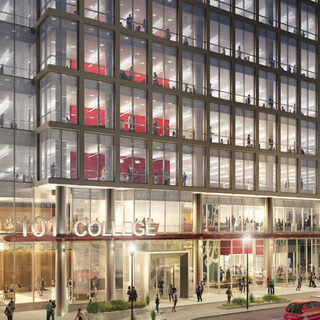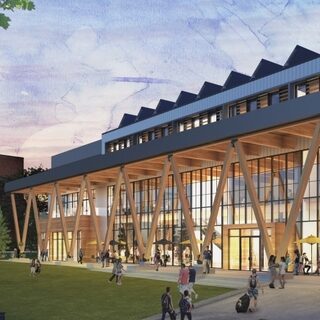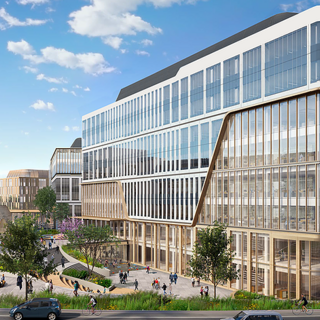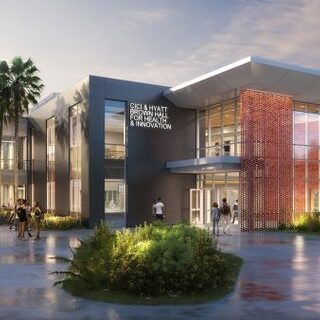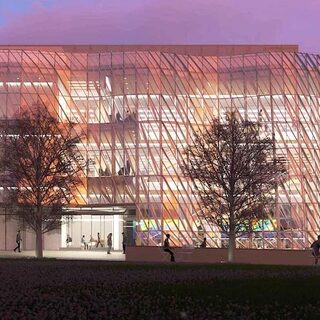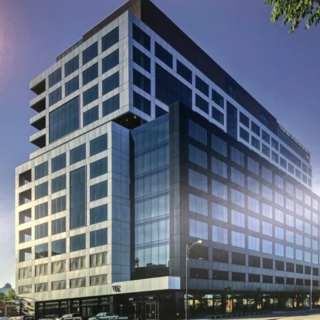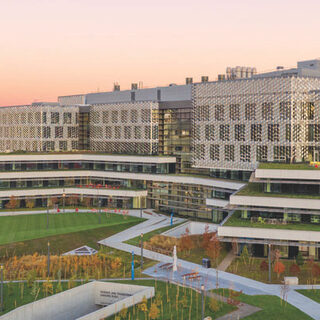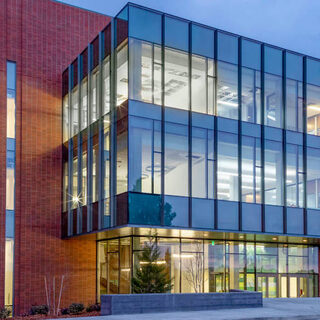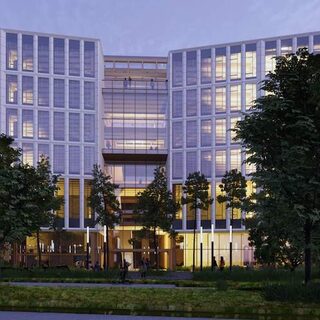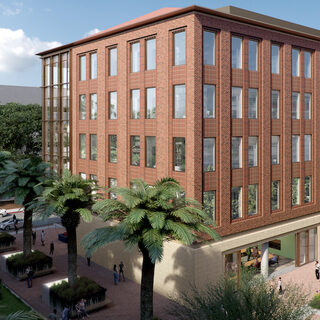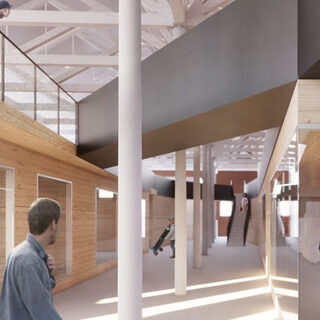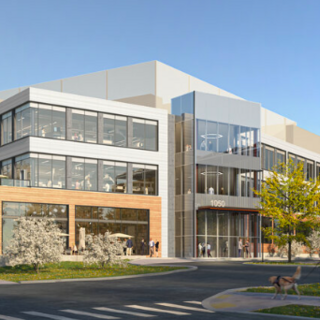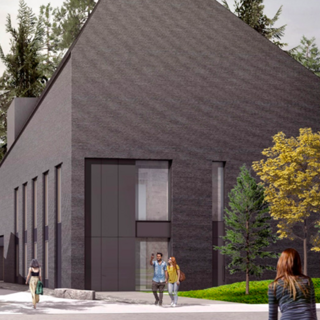Winstanley Enterprises Breaks Ground on New Haven Bioscience Center
Winstanley Enterprises broke ground in June of 2021 on a $100 million bioscience research center in New Haven, Conn. Designed by Elkus Manfredi Architects, the 10-story, 525,000-sf facility will provide leasable laboratory and office environments for biomedical companies and academic institutions. Featuring a large public plaza, the collaborative structure will include a 48,000-sf business incubator operated by BioLabs, a conference center, and a STEM classroom for K-12 education programs.

